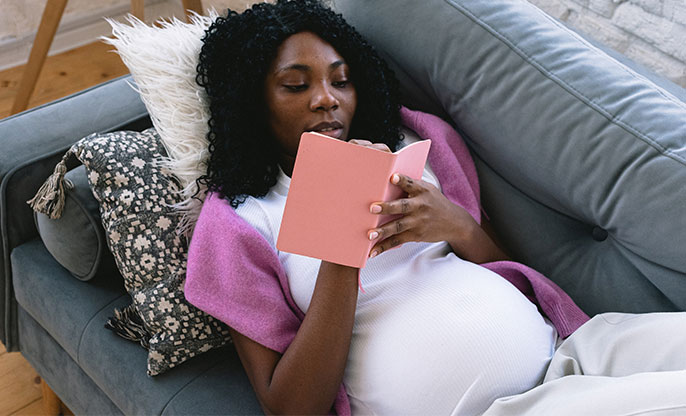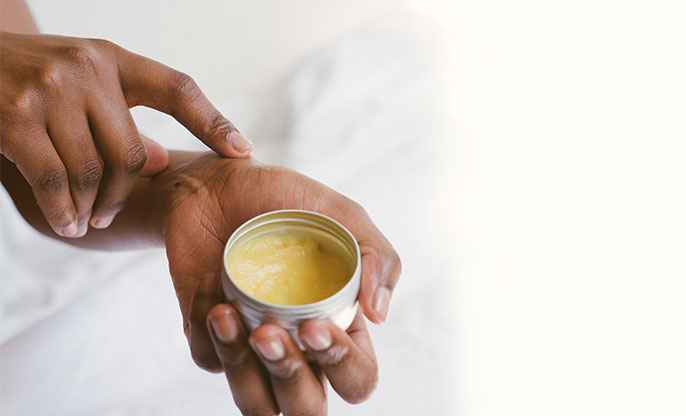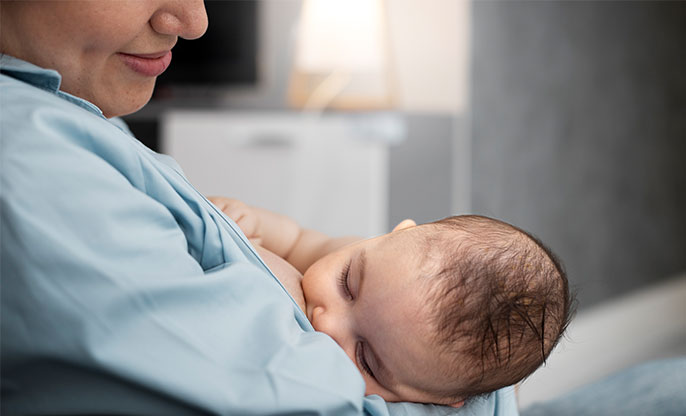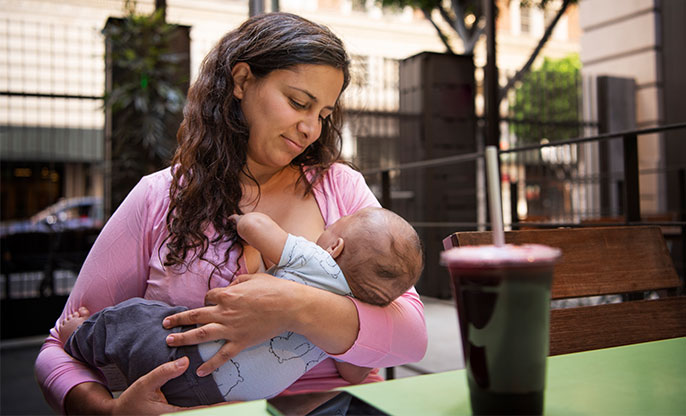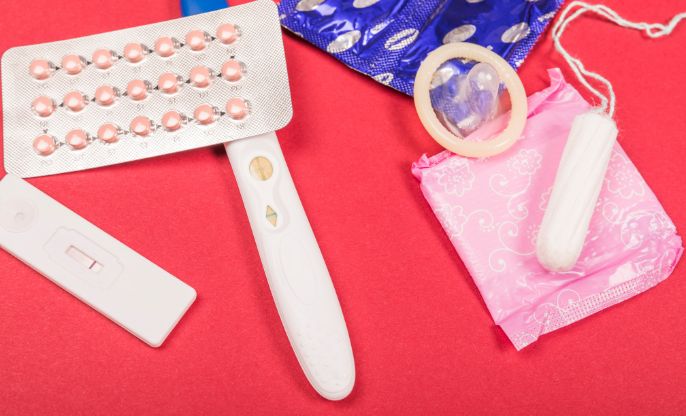
CONTRACEPTION AFTER CHILDBIRTH
One should wait at least 18 to 24 months before trying for another baby; this is because complications and health issues can show-up progressively with repeated pregnancies. Which is why contraceptive measures come into picture. So, let’s look at some options in-hand;
Barrier Methods
There are a variety of options for either partner here. Especially in the first few weeks after birth, condoms and spermicidal foam or jelly might be the best measures for birth control. Condom will lower the chances of any possible infection, while the jelly or foam will not only kill the sperm but also aid in lubrication of the vagina, which becomes dry after delivery.
Contraceptive sponges are not recommended at this time, because they are not effective within the first year of giving birth. And because of changes in your vagina and uterus, the lesser-known cervical cup may not work as well because of problems with fitting it in correctly.
Symptothermal Methods
These are basically ways to monitor your fertility and avoid another pregnancy. The Symptothermal Method is a combination of a number of fertility awareness-based methods, or FABMs. The most used and combined methods are the cervical mucus method - or the Billings Method - and the basal body temperature method. You can also use the calendar method to chart your menstrual cycles.
To arrive at the times when you can have sex, you will need to track the results of all of these methods over a period of at least 6 months, so that you have a clear idea of the expected cycles and days when you are fertile and when it is not safe to have unprotected sex. While you are charting the results, you should use condoms as contraception.
It is important to note that not everyone can employ these methods, so it is always best to consult with your chosen healthcare provider. However, these methods are the only form of contraception that doesn’t make you ingest something or put something in your body. Therefore, there are no costs associated other than getting a calendar, a thermometer, and some backups like condoms.
IUDs or Intra-Uterine Devices
There are a number of methods here with most of them being hormonal in nature. The hormonal coil, the contraceptive implant and the birth control injection are all variations of delivery methods of hormones, such as synthetic estrogen and progesterone, or ways to inhibit ovulation and thicken the cervical mucus - which prevents the ovum from attaching itself to the uterine wall. They range from pills, to injections, to devices that are inserted into your vagina like the Mirena device. They have different ranges of effectiveness, after which some of them have to be replaced.
There is one non-hormonal option which is the copper IUD. Once fitted, it is extremely effective at making a hostile space for sperm, and completely prevents pregnancy. It also has the added benefit of remaining effective for as long as 10 years.
